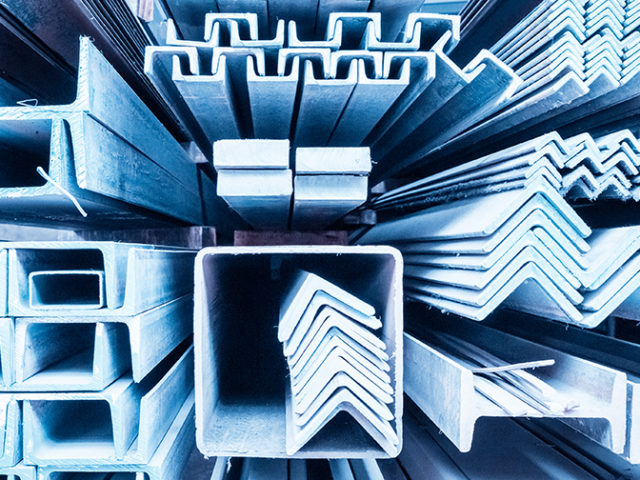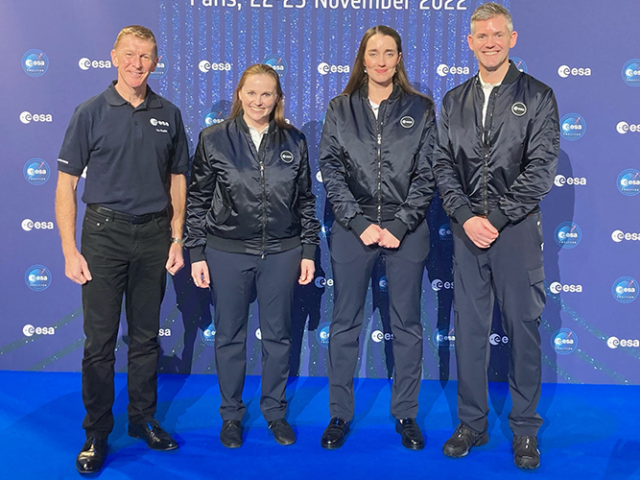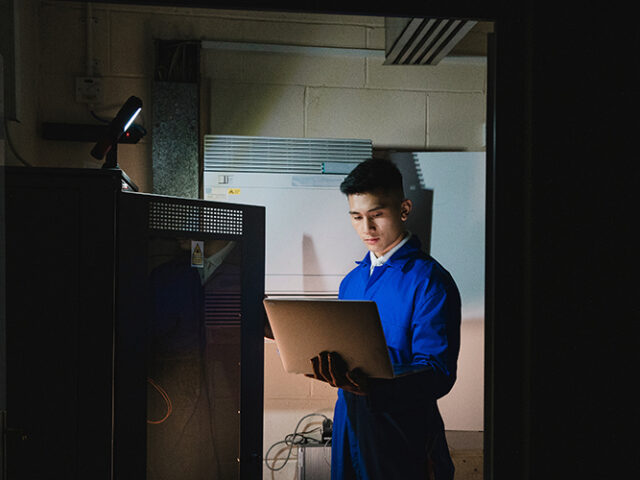In the end, it’s all about making copies. Digital twins replicate an object or a human organ and work in parallel with – and just like – the original. In reality, they’re a combination of data, algorithms and artificial intelligence, and they exist in a virtual world, like an avatar. Today digital twins are used in just about every industry: manufacturing, healthcare, architecture, transportation, communication systems and more. “Digital twins are computer models of things that exist in the real world,” says Prof. Frédéric Kaplan, the head of EPFL’s Laboratory for Digital Humanities.
“The term can also refer to models of more abstract processes, such as a production schedule. So you can think of digital twins as both data-generated models and computer simulations.” Prof. Dimitris Kyritsis, who heads EPFL’s ICT for Sustainable Manufacturing Group, agrees: “Digital twins are generated with modeling and simulation software, and they let us study and measure physical mechanisms and test the effects of different decisions in a virtual world. In addition, thanks to IoT technology, the computer models – which could even be holograms – are permanently connected to their real-world twins, enabling us to better understand the systems we’re using and adjust how they operate.”
Source: “Digital twins give fresh insight into the world around us”




